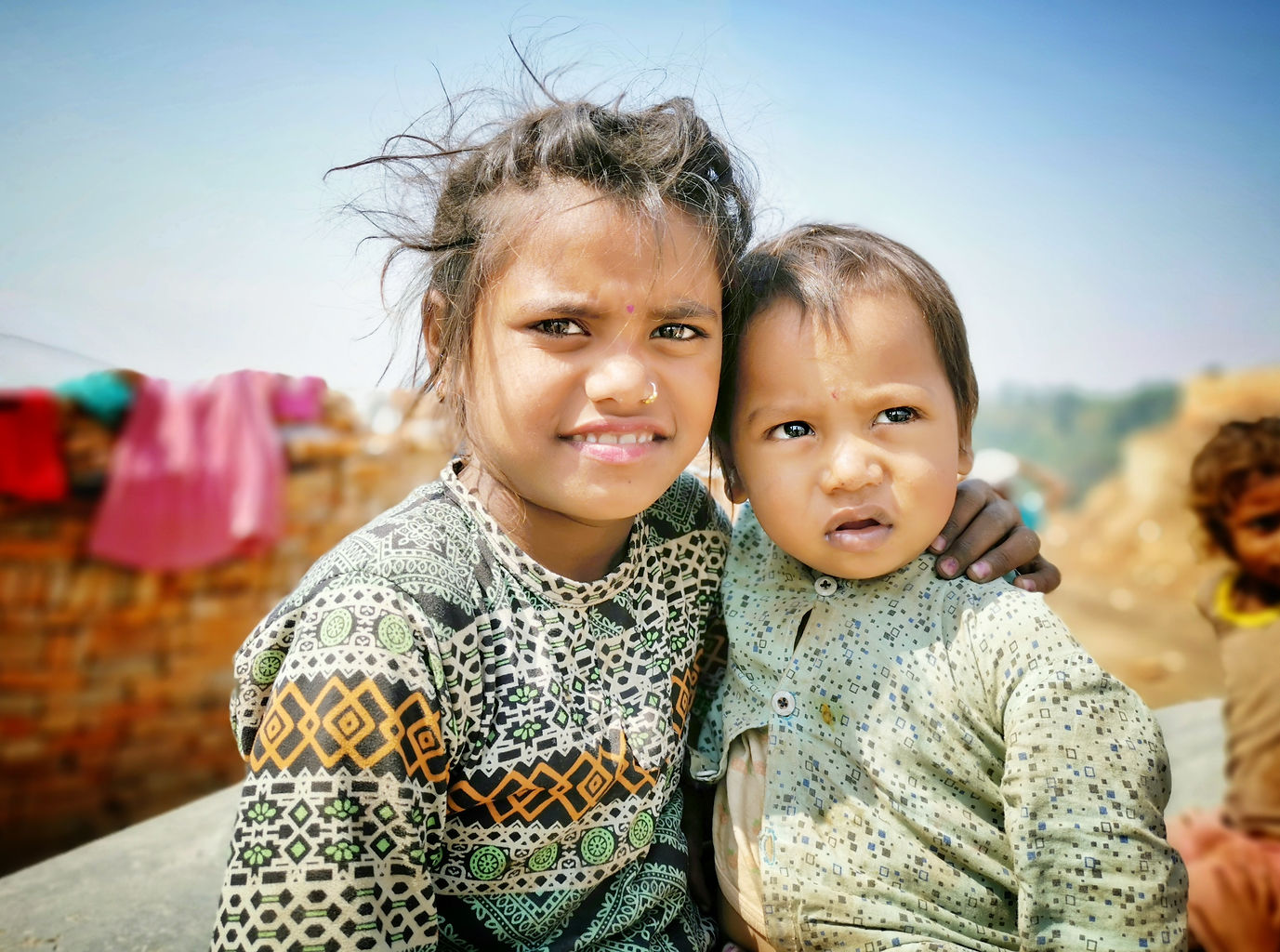
Brick Factory Children and Jungle Huts - Kathmandu and Chitwan, Nepal
the adventure
"...life here at the factory can be really hard for these kids..."
"...there are many dangers here in the jungle..."
This was a mission with several objectives. Jeebraj, my good friend, had invited me to share my humanitarian experiences and facilitate at a Nepalese community development class in a Kathmandu suburb. Another friend, Rabi*, had also invited me to visit a children's learning centre that he was setting up in one of the many brick factories in the outskirts of Kathmandu. Finally, another Nepalese friend, Deepak*, had asked me to spend some time with his community in the jungle region of Chitwan in south-central Nepal.
This mission reminded me, on the one hand, of Nepal's wide diversity, while also an all-too-familiar condition on the other:
1. The Nepalese youths at the community development course in Kathmandu came mostly from poor rural backgrounds; all of them have tasted hardship and poverty, and so possessed a strong desire to uplift their communities.
2. The brick children working at the factories laboured under the hot sun and austere conditons most days of the year, in exchange for near-to-nothing compensation. Like their parents, they were destined to a life of hardship, illiteracy and practical enslavement. Rabi's new learning centre initiative represented a small but positive hope-through-education beacon in this oppressive environment.
3. The jungle community in Chitwan, Nepal's safari region, faced widespread unemployment, while the villagers' limited farm produce was subjected to systemic middlemen exploitation. Hence, many of them turned to cultic and superstitious practices, to appease gods they might have offended and to hope, mostly in vain, for some kind of a supernatural turn-around.
I spent several days at the brick factories in Kathmandu's outskirts and another week or so in Chitwan. I sat with the children and their parents, walked alongside them as they went about their daily lives, and slept restlessly in their cramped huts and zinc sheds for many humid nights. Overall, both were difficult and, to be completely honest, uncomfortable experiences. It was hard to imagine these kids and communities living like this every day, absent hope of a better tomorrow. Throughout, two troubling questions played repeatedly in my head: "what can I possibly do to help them?", followed by: "can anything I say or do make any positive difference at all?"
When it came time for me to share and facilitate at the community development course, my recent brief sampling of the realities of Nepalese poverty deepened my conviction about the need for equipping these youths with the zeal and know-how of community development. Outsiders can provide some moral, educational and material support, but the community itself needs to have a long-term and collective commitment to improve their lives. Some call this community grit. Often, positive change may occur only in small increments, and maybe over a long period of time. But, if they do nothing but resign themselves to a fatalistic mindset, then they will surely stay trapped.
* Not their real names.






















